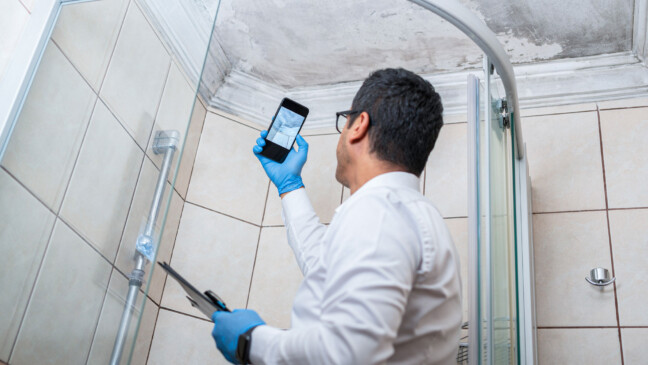
05.12.23
The future of cleaning: When robots catch up with cleaners
In a world where technology is constantly advancing, cleaners/cleaning companies are also facing a revolution. Robots that were once only seen in science fiction films are now a reality - and they are also targeting commercial cleaning. There are already many robotic innovations designed to relieve the burden on cleaning staff. However, robotics still has a tough time in the cleaning industry - too big, too expensive, too complex. The question now is: is automation a welcome advance or a threat?
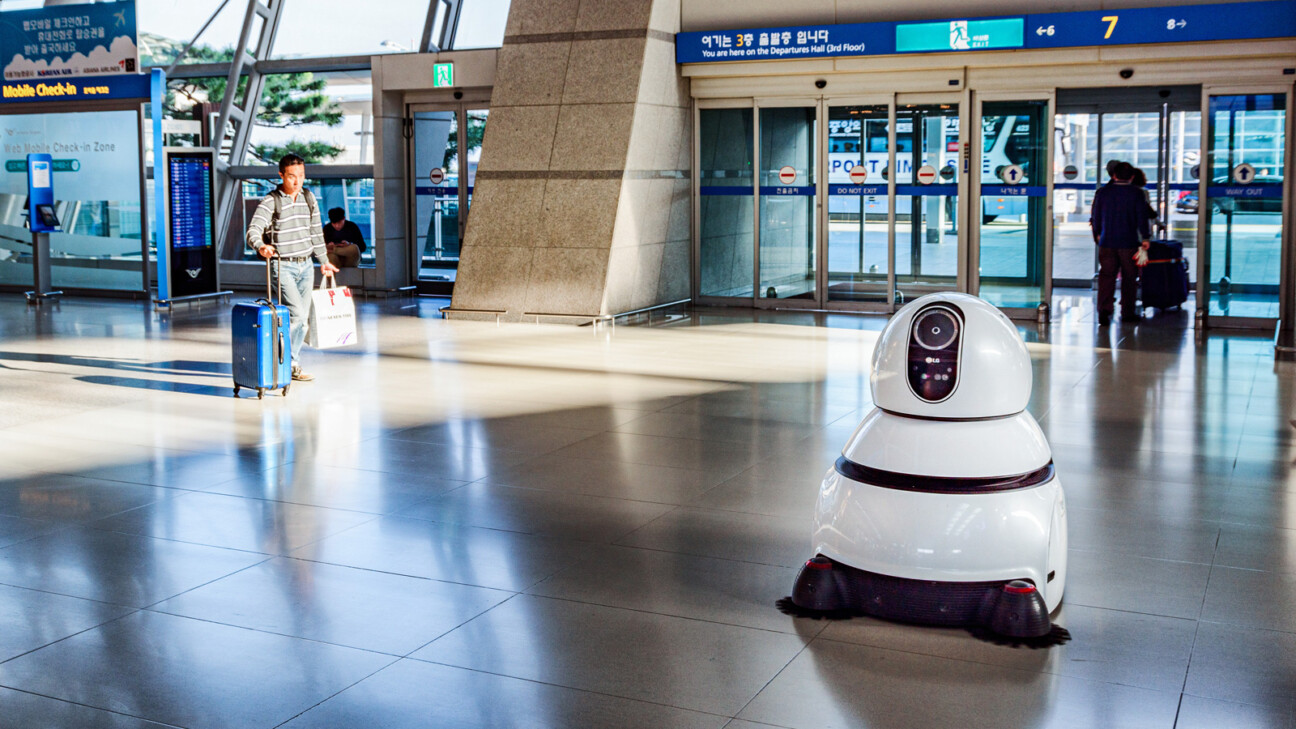
Limited flexibility
Robotics has become an important topic in commercial cleaning, and the people involved find this threatening. However, robots, although efficient, can hardly match the versatility of the human workforce. The decisive factor is their limited adaptability. Unlike humans, robots cannot react flexibly to unexpected situations. Many areas are difficult for robots to access, whereas human workers can easily overcome these obstacles. A robot is programmed to perform certain tasks based on predefined algorithms and sensor data. So when the robot encounters a chair, cleaning underneath it is a major challenge. However, the first models have already reached the stage where they can push certain chairs back and forth.
Still at a disadvantage despite progress
It is clear that the technology of cleaning robots has made massive progress in recent years. Nevertheless, we still encounter technological limits and challenges. Companies want robots that are easy to operate and quick to set up for cleaning staff. Unfortunately, realizing this desire is not easy. The systems are often large, complicated and require a lot of maintenance. One example of this is sensor technology, which remains an acute challenge. Not least because of the still high prices for the hardware. The introduction of robotics therefore requires careful planning and comprehensive staff training.
Overall, robotics in cleaning is on the rise. While it brings with it some challenges, it also offers many opportunities for more efficient and sustainable building cleaning.
Opportunities
The use of cleaning robots can significantly reduce the physical strain on cleaning staff. The introduction reduces risks such as back problems or staff absences due to boredom with repetitive work. Robotics also offers companies the opportunity to carry out cleaning at previously unusual working hours. Robots do not need breaks or vacations. They can work around the clock. In contrast, human cleaners are tied to working hours and rest breaks.
A question of price
Although the purchase costs for cleaning robots can be high, their use often leads to cost savings in the long term. Nevertheless, many people are not yet prepared to spend such a large sum at once. In the future, the prices of cleaning robots will definitely have to fall if they are to become mainstream.
What next?
In a world where technology is constantly advancing, the use of robots and automation is ultimately inevitable. We all see it for ourselves: Automated systems are becoming more and more common. However, the versatility of human labor remains unmatched. The human ability to act flexibly, overcome obstacles individually and adapt to changing circumstances is unique. If a chair is in the way, we simply push it aside without thinking about it. Nevertheless, we should not underestimate the advances in robotics. Technologies are constantly evolving and cleaning robots are getting better and better. Therefore, there is a need to unite man and machine. Robotics can reduce the workload while humans bring their unique skills to the table.
Ultimately, we should see the future of cleaning as an opportunity – an opportunity to enrich the world of work and protect the environment.

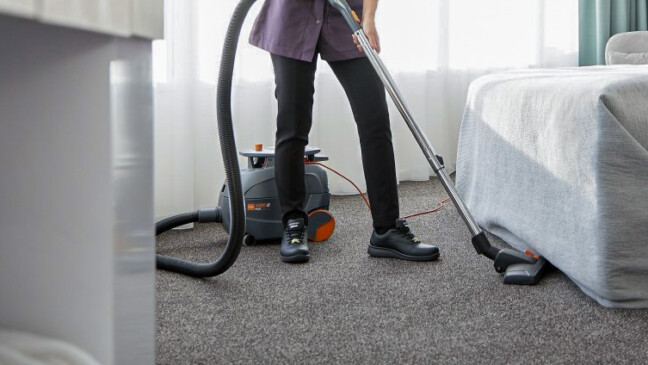
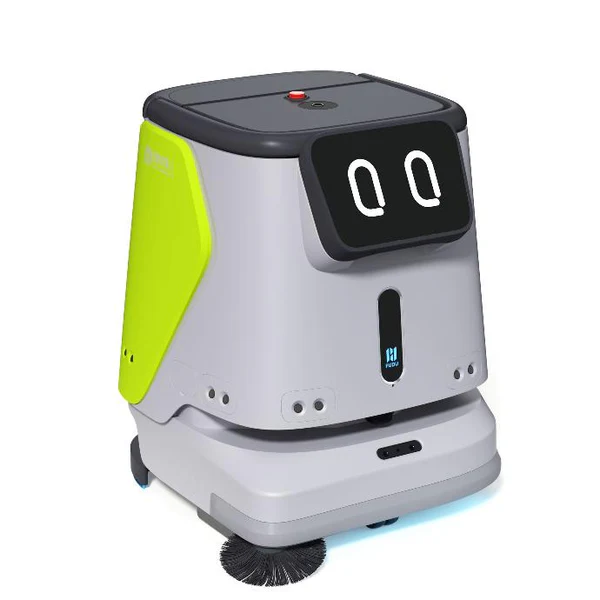



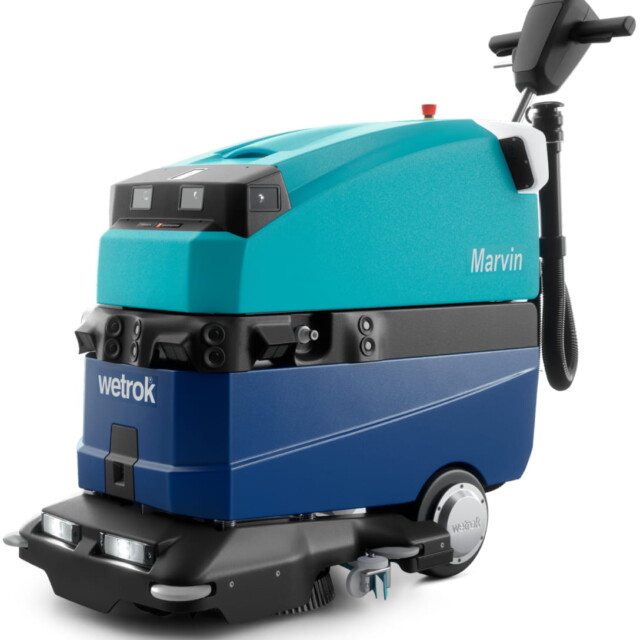
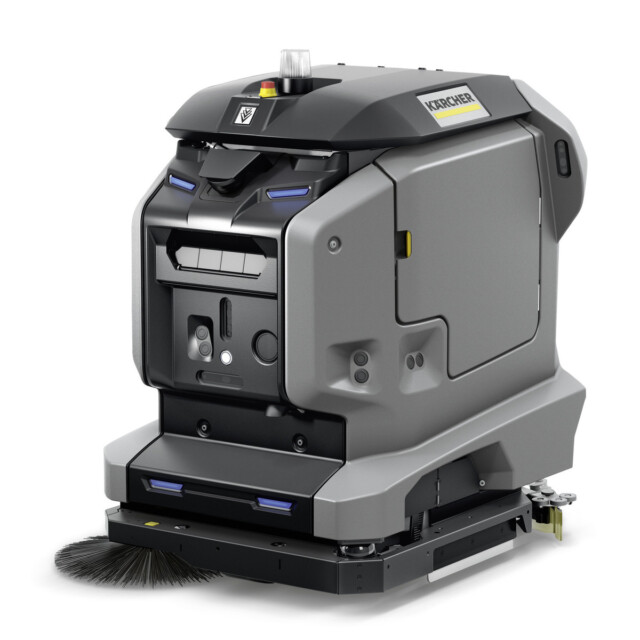
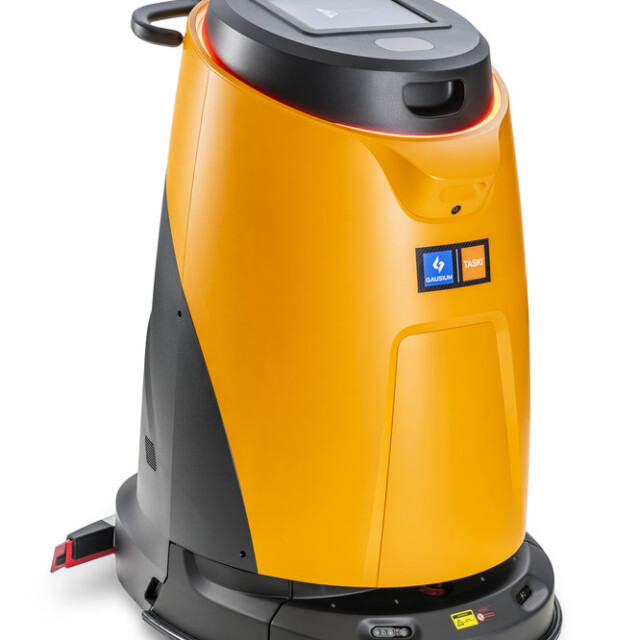
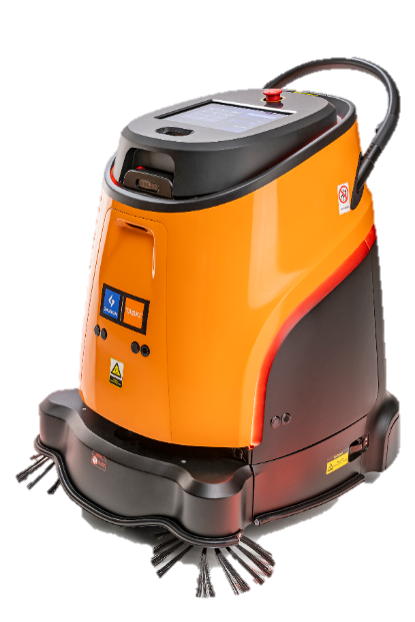
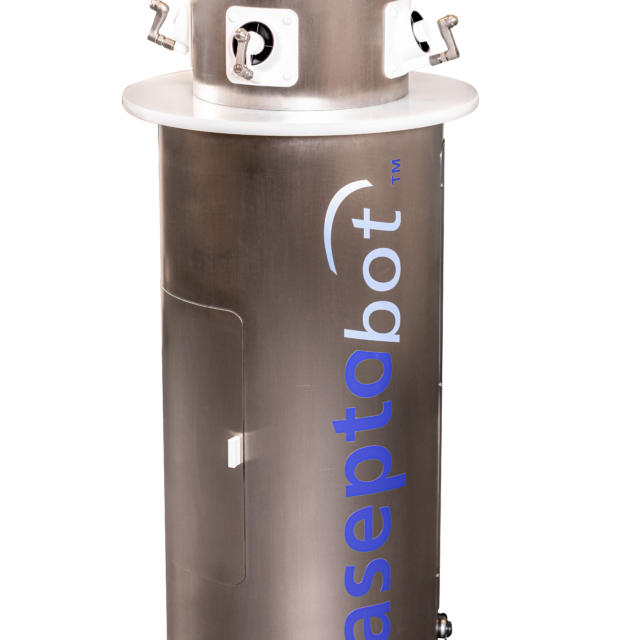
Tell us what you think
Be the first to comment this post.
You must be logged in to leave a comment.